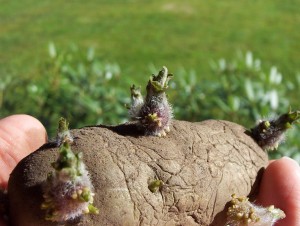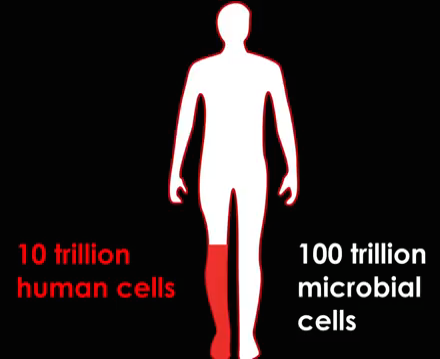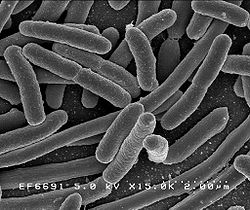It may come as a surprise to you but algae, or seaweed, has been around for a long, long time. Fossilized algae have been discovered that dates back to 1.6 billion years ago. It is incredible that they have managed to survive throughout the different climate changes that have occurred. UBC researcher in the department of botany, Sandra Lindstrom, is interested in the phenomenon of North Pacific algae species surviving the Pleistocene era, which was about 2 million to 10 thousand years ago, where glaciers covered this part of Earth.
Last year, Dr. Lindstrom and her colleagues discovered four new species Pyropia, a genus of red algae on the west coast of North America. Despite the fact that seaweed in this area has been studied by scientists for well over 50 years, Dr. Lindstrom and her team has managed to identify these new species by the use of modern genetic analysis tools: DNA sequencing and PCR.
How was it done?
When outward appearances, or morphology, of organisms are too similar to differentiate them definitively as separate species, their genes will set them apart. The video below will give you more background on Dr. Lindstrom, her research, and explain how she took advantage of a gene called the rbcL gene to uncover hidden species of Pyropia.
Credit: Hamed Hussaini, Jamie Chan, Daphne Wu, Parvin Pabla.
What do we use algae for?
Seaweed, or nori, has been harvested in China for about two thousand years. Used mainly as a food source in Asian, algae have also been used for energy as biofuel, and as fertilizer. In the podcast below, some common applications of red algae is highlighted along with an interesting tidbit about Dr. Lindstrom’s work for the industry.
Credit: Parvin Pabla
More possibilities?
Now that unexpected new species has been identified, there is room to explore about physiological factors contributing to the algae’s survival despite the harsh environment due to glaciation, and how species separated and evolved into unique new species in different locations.
- Daphne Wu, Parvin Pabla, Hamed Hussaini, Jamie Chan.


















